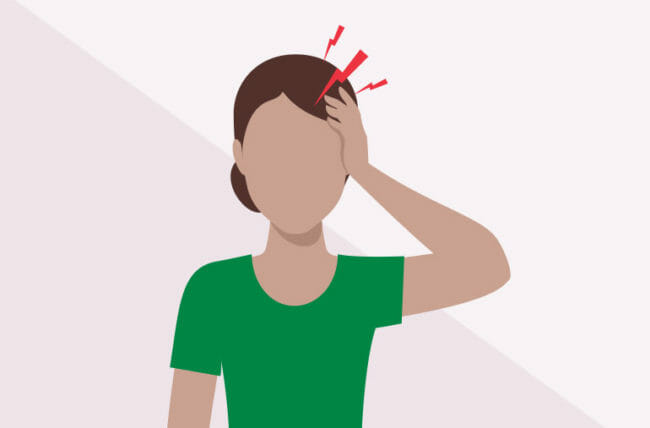Do you experience frequent headaches that start to affect your daily life and productivity? The World Health Organization (WHO) estimates 25-million working/school days are lost in the UK every year from headache disorders alone, and up to 4% of adults experience headaches 15+ days a month.
Headaches may not always be coming from your head. In fact, often your headache may be coming from tightness or stiffness in your neck. Factors such as working from home with a less ideal ergonomic setup, life stressors, or a lack of exercise are all things that may contribute to headaches.
Did you know that there are different types of headaches that physiotherapy can help with?
If you find that your headaches are typically accompanied by neck pain or soreness, you may be experiencing a tension or cervicogenic headache! These headaches may be due to tightness and weakness in your neck muscles, or adopting a poor posture for prolonged periods.

Tension-type headaches are the most common type of headache that may be related to a musculoskeletal issue. Tension headaches are often bilateral, meaning they can affect both sides of your head. They tend to be non-pulsating and some people describe them as having ‘a tight band around the head’.

Cervicogenic headaches typically present with a limitation in neck mobility (most commonly turning your head to one side). These headaches tend to be one-sided in nature, and are often associated with a previous trauma such as a whiplash injury.
What can you do to prevent or manage these headaches?
Instead of immediately resorting to taking an painkiller to manage your headaches, there are a few other things you can try to do first:
- Stretch your neck muscles: Since tight muscles may be causing these headaches, try to first target one of the prime culprits! A simple ear to shoulder stretch for your upper traps, or trying some chin tucks can give some gentle movement to your neck muscles.
- Self-release your neck muscles: A lacrosse ball is a great tool to work on soft tissue release of those tight muscles. Start easy – only 1-2 minutes can be a good place to start. Be careful because if you overdo this one it may cause some soreness.
- Adjust your posture: Adjusting your workstation to adhere to ergonomic principles help promote optimal positions and postures. However even if you have a good ergonomic setup, it is important to make sure you are using it properly and taking movement breaks to avoid prolonged postures.
- Drink water: Dehydration can be a common trigger for headaches. Make sure you carry water with you and sip on it throughout the day. Keep in mind if you are drinking coffee throughout the day, it can contribute to dehydration – you can balance it out with ample water.
- See a physiotherapist or chiropractor! A skilled therapist can identify any muscular tightness or joint stiffness that may be contributing to your pain. They can help guide you to address the root causes of your headaches and prevent them from recurring as frequently in the future.

Should you have any questions about any headache or neck pain you may be experiencing – don’t hesitate to reach out to one of our therapists to learn more.

